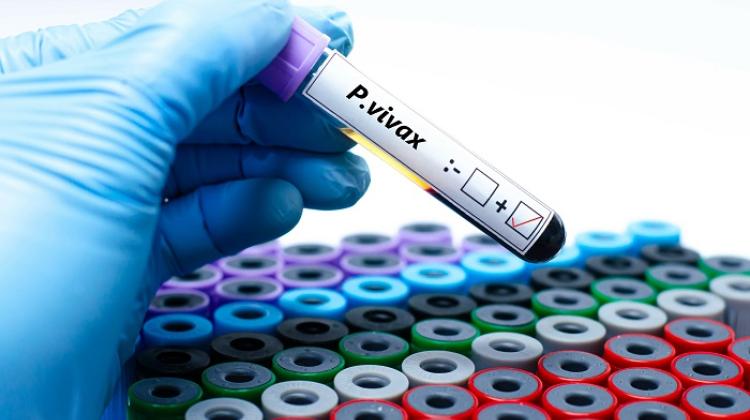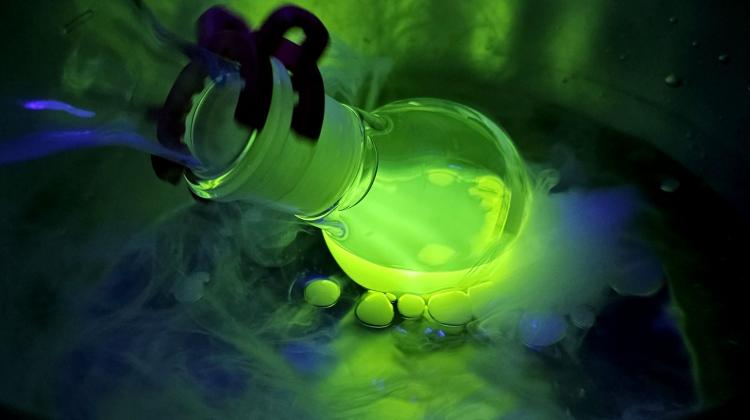Studies of liquid important for industry
 PAP © 2012 /
PAP © 2012 /
The demand for new technologies to enhance diagnostic of liquids will certainly increase rapidly over the next few years. Precise monitoring of changes in the properties of the liquid and its composition, related to such fields as food technology, clinical diagnostics, and analysis of water and wastewater, is one of the biggest challenges of today\'s science, told PAP Dr. Mateusz Śmietana of the Institute of Microelectronics and Optoelectronics, Warsaw University of Technology.
His project "Nanolayer fibre optic sensors for biodiagnostics of liquids" has received funding last year from the Lider programme of the National Centre for Research and Development (Narodowe Centrum Badań i Rozwoju, NCBR). The winner of the competition could receive nearly PLN 896.5 thousand.
Dr. Śmietana explained that in the field of optical studies of liquid there is a rapid development of both technologies used to produce sensor structures, and measurement methods. In the past two decades, fibre optic sensors have gone from the stage of experimental research to practical applications.
"Fibre optic technology offers several advantages, such as the ability to operate in harsh environmental conditions and continuous qualitative and quantitative analysis of changes in many environmental parameters. Furthermore, the advantages of fibre optic sensors include light weight, small size, electrical passiveness, low power consumption, resistance to electromagnetic fields, high sensitivity of measurements, the ability to work under high temperature and pressure, resistance to a number of strong chemicals and long-term reliability" - said the researcher.
He noted that the main direction of research in the field of optoelectronic chemical and biochemical sensors is to produce highly sensitive and fast detection devices capable of detecting changes in the properties of the liquid or changes of the interface liquid-sensor surface, consisting mostly of binding of microorganisms, proteins or DNA.
According to Dr. Śmietana, the parameters of studied liquids can be very different and, importantly, change in a very wide or, in other cases, very narrow range.
"A step towards meeting these needs is to develop sensor structures whose parameters (such as sensitivity and selectivity) can be modified depending on the application with the use of coatings with a thickness of tens of nanometers. These coatings must have certain physical and chemical properties that allow the sensor to work in long-term presence of the liquid" - explained the winner of LIDER.
In his opinion, developments in nanotechnology, combined with knowledge of fibre optic sensor technologies have opened many new opportunities in recent years.
The aim of Dr. Śmietana’s project is to develop both the technology of producing layers for the needs of reliable and highly sensitive fibre optic structures, and construction of sensors for certain areas of application. Also, the lowest production cost of a single layer structure must be taken into account, and the possibility of a single measurement with predetermined accuracy. The project will used thin layer deposition technologies that are used for example in the manufacture of modern integrated circuits.
PAP - Science and Scholarship in Poland
kol/ mrt/
tr. RL
Przed dodaniem komentarza prosimy o zapoznanie z Regulaminem forum serwisu Nauka w Polsce.


















